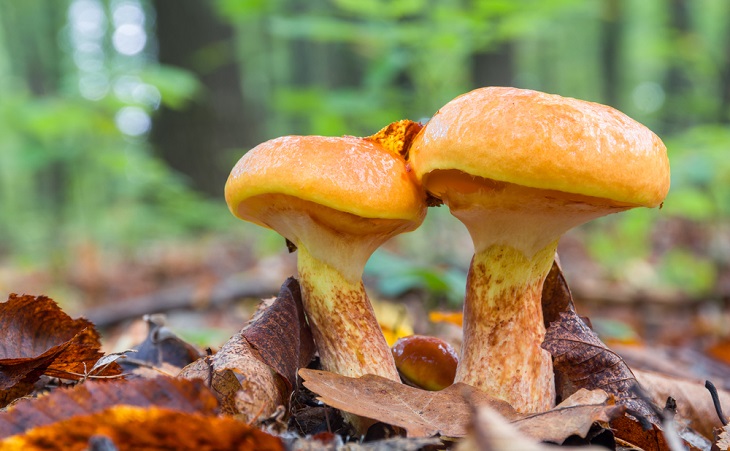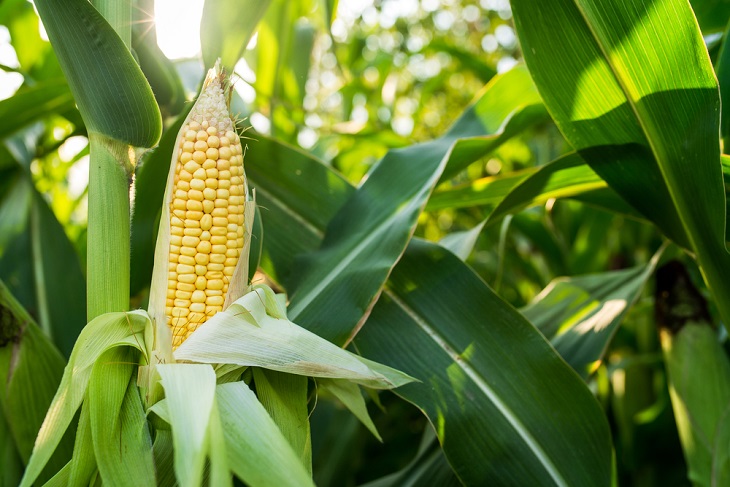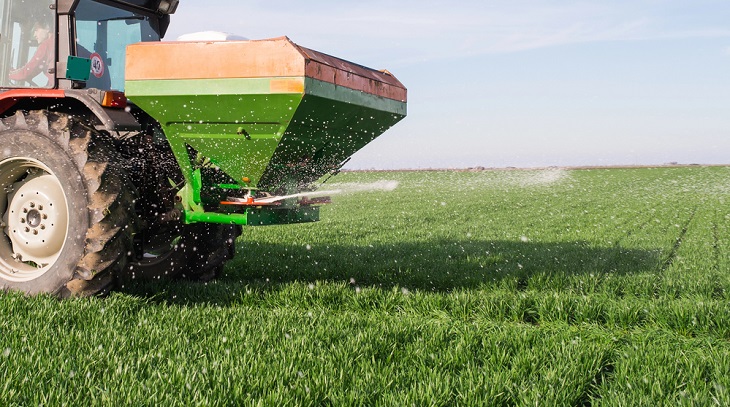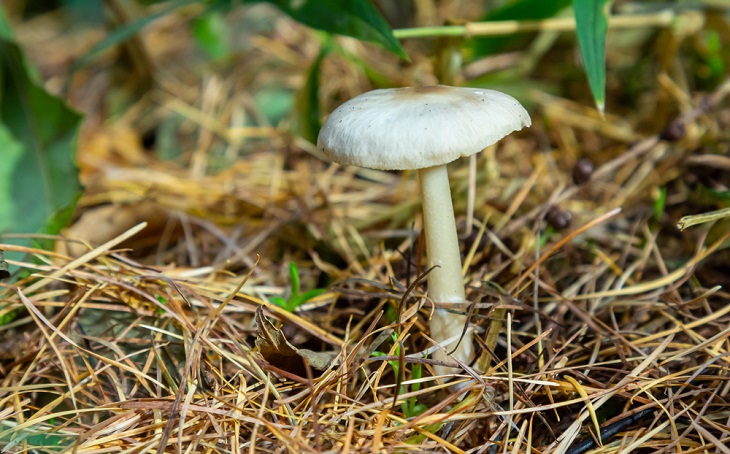
Just like in other stories of progress, humanity has gained a lot from science-based technological developments in agriculture, but on the other hand, it has also lost a lot — primarily the wisdom of nature to create life in various forms that nourish each other, depend on each other, and enrich the world. In our hasty march towards a future full of process-accelerating machines, we have become blind to many of the interactions that occur in harmony between entities in nature, connections without which the cycles of existence are disrupted. No one disputes that the agricultural revolution has improved global food security, and we must be thankful for that, but at the same time, it has also led to scorched and lifeless lands, an atmosphere bursting with greenhouse gases, loss of biodiversity, deforestation, and a pandemic of processed food, whose primary criterion for existence is ease of growth and profitability of processing.
Among the many things we have lost due to practices in modern agriculture, we can count "mycorrhiza". This word describes a symbiotic and lively relationship between the mycelium of certain fungi and the roots of certain plants. "Myco" means fungus in Greek, and "rhiza" means root. Fungi grow faster than plant roots, and their mycelium (the network of filaments they weave underground) has a larger surface area, making it easier for them to collect nutrients from the soil. They also have the ability to break down minerals into tiny components and nourish the plant with them. It doesn't end there — a plant that has a relationship with a fungus is better protected from diseases and harmful fungi. In return for all this abundance, the plant provides the fungus with sugars it produces through photosynthesis, along with other food supplements.

When walking in a natural forest, one is actually stepping on a miraculous super-organism that manages a perfect system of interrelationships within it. Where there are plants in nature, there are also fungi. This is provided they are not killed. Modern agriculture makes extensive use of pesticides, which kill many forms of life, and this is compounded by the practice of tilling the soil at the end of each season — two actions that kill mycorrhizal fungi and their friendly relationships with plants. Farmers seek to eradicate harmful fungi, those that may destroy an entire orchard, but in the process, they almost entirely eliminate the life that exists beneath the soil's surface.
In the last decade, a company named Groundwork BioAg has been bringing back the beneficial fungi for the sake of agriculture. Growers who artificially add mycorrhiza to the seeds they are about to plant see an increase in their crop yield, plants that are more resilient to weather conditions and drought, a reduced need for fertilization, and a bonus of healthier agricultural soil that will be fertile next year as well. The scale of Groundwork's activity is surprising in its reach — the company sells mycorrhiza to hundreds of farmers in 17 different countries, covering a total of about 1.5 million hectars of agricultural land worldwide. Among the purchasing countries, you can find the four largest grain producers in the world — the USA, Brazil, India, and China. Among the crops benefiting from the mycorrhiza are the four dominant ones in human nutrition — corn, soy, wheat, and rice.

Corn is a good candidate to illustrate the need for mycorrhiza: like all forms of life on Earth, corn also needs phosphorus to grow. Without mycorrhiza at its base, a corn plant can utilize only 15% of the phosphorus given to it, with the rest leaching into the soil and polluting it and the groundwater. But with mycorrhiza alongside it, a corn plant can utilize 90% of the phosphorus given to it and grows much faster. Additionally, corn is sensitive to periods of drought. If drought occurs in the middle of its growth, it may stop growing. However, when it has a mutual relationship with mycorrhiza and a drought occurs, the fungus protects its host by transferring water to it. It does this by "killing" part of its own mycelium and transferring the water from it to the corn. On one of the walls in Groundwork's laboratory, there is a picture of two corn roots from an agricultural plantation in Brazil that experienced an exceptionally dry season — one is thin and sad, the other is thick and happy. The first grew without mycorrhiza, the second with it.
A corn plant, for example, needs phosphorus to grow, but it can utilize only 15% of the phosphorus given to it. The rest leaches into the soil, polluting it and the groundwater. However, with mycorrhiza alongside it, the plant utilizes 90% of the phosphorus and grows much faster
Groundwork's fungi grow on plants but reach consumers in powder or liquid form. Farmers, or the company supplying them with seeds, coat the seeds with the fungal concentration before planting. "Today, almost all seeds in agriculture come coated with something, whether it's pesticides, hormones to help them grow, or nutrients," explains Levy, who serves as VP of research and development. "So to enter the major markets, we had to present mycorrhiza in a way that it could be coated on seeds."

What Groundwork offers farmers is actually part of a global movement called "regenerative agriculture", which seeks to restore the quality of agricultural soils worldwide. The movement's focus is on the soil, not necessarily on organic, pesticide-free crops, but on implementing practices that heal or at least do not kill the natural life in the soil. Today, regenerative agriculture areas cover about one percent of the world's agricultural areas, but forecasts predict that by 2050 one-fifth of global agriculture will be regenerative. Morag explains that in regenerative agriculture, "they reduce the amount of fertilizers, till the soil less, allow it to regenerate, and use biological products like mycorrhiza to address soil health."
Using mycorrhiza does not require farmers to change their growing protocol, only to add it to the seeds. On the surface, it sounds simple, yet one of the company's difficulties lies in "educating" the farmers. Levy says that while Indian farmers know what mycorrhiza is and how important it is to plants, American and Israeli farmers are less accustomed to relying on biological solutions and prefer those from the world of chemistry, or in other words, "to kill everything." "Therefore, a lot of marketing work is needed in these countries," explains Levy. The obstacles along the way do not discourage Groundwork's people, who continue to spread their mycelium worldwide. A few years ago, they realized that fertile soil has another significant advantage beyond strengthening the plants that grow in it — a high capacity to sequester carbon dioxide. Although plants perform photosynthesis and thus remove carbon dioxide from the air, fungi are the ones that fix this carbon into the soil. In an era where we need to get rid of as much carbon dioxide as possible, and the sooner, the better, soil that sequesters carbon is an asset to humanity.

Grotsky and Morag estimate that soon farmers will receive annually a higher amount than their investment in buying mycorrhiza. "I estimate that next year we will have carbon dioxide emissions in the order of tens of thousands of tons, and the following year already hundreds of thousands of tons," says Grotsky, adding that according to a recent study, in natural forest areas, mycorrhizal fungi sequester carbon dioxide at a rate of 13.1 gigatons per year.
"There is no reason agriculture should not do the same. Mycorrhiza constitutes the main pathway we know for carbon dioxide sequestration in the soil; all that is needed is to restore it to its place next to the plant roots," explains Grotsky. "One of the problems that brought us to this point in terms of the climate crisis is that a lot of carbon dioxide is released from cultivated agricultural soils. Healthy soil is full of carbon dioxide because carbon is actually life. When you kill the soil, you release carbon dioxide into the air. Since the industrial revolution, agricultural soils have caused the release of 785 billion tons of carbon dioxide into the atmosphere, a rate almost equivalent to the emissions from burning fossil fuels throughout that period. Therefore, agriculture has a huge contribution to the climate crisis. What we seek to do is turn agricultural soils from a source of emissions into a source of absorption. In this way, we can try to solve two problems that are actually the same problem — both the climate crisis and the soil crisis."